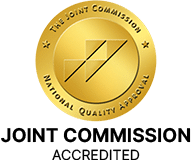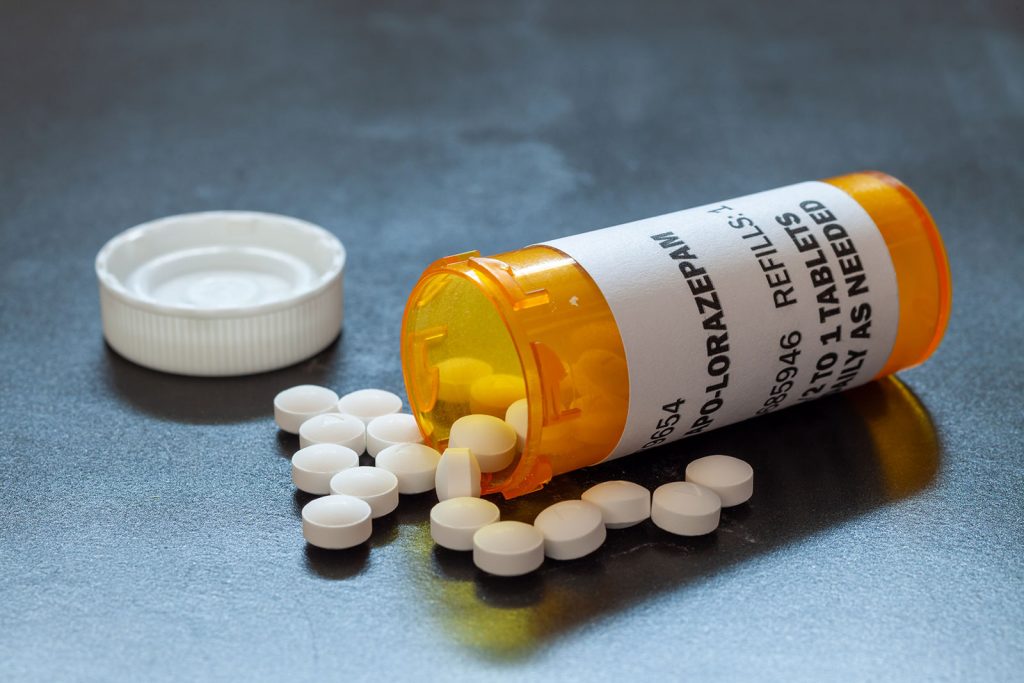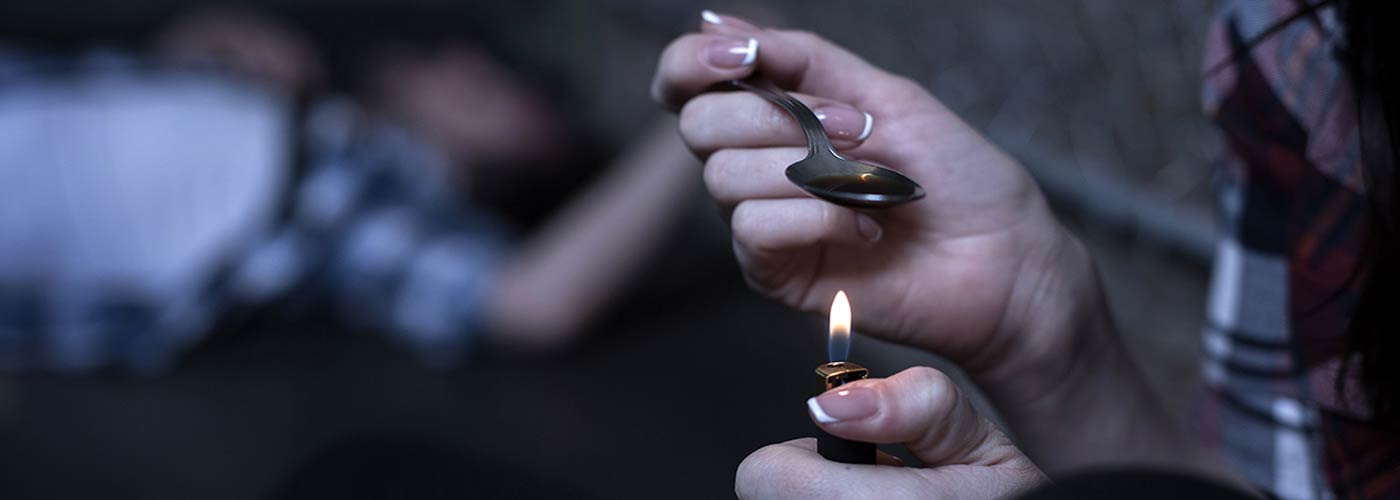Detox, which is also known as detoxification, is the process of expelling drugs from your system. This is the first step in the recovery of nearly all drug and alcohol addictions. It is your body’s ways of cleansing itself from the dangerous substances that are polluting it. Withdrawal is the physical and mental effects that happen to a person when they either lower their intake of a substance or stop taking it altogether.

How Painful is Opiate Withdrawal?
While the experience will vary from person to person, most people will say that the most painful experience is opiate withdrawal, which includes heroin. Heroin withdrawal can begin as early as a few hours from the last dose and will often feel like a very serious case of the flu, peaking during the second or third day. The symptoms can last even up to a couple of weeks. Common symptoms of heroin withdrawal include:
- Nausea and vomiting
- Agitation
- Insomnia
- Diarrhea
- Cold sweats
- Anxiety
- Crawling skin
- Body cramping
- Muscle aches
Even after the initial withdrawal symptoms from detoxing wears off, Post Acute Withdrawal Syndrome (PAWS) is very common with heroin addiction. PAWS can last for up to 24 months after drug use has stopped and includes symptoms like poor sleep and concentration, heightened anxiety, panic attacks, depression, mood swings, restlessness, and even memory loss.
How Painful is Benzodiazepine Withdrawal?
This does not mean that benzodiazepine withdrawal and detox is less important or painful if the circumstances are different. Benzo withdrawal also comes with a list of symptoms like anxiety, panic attacks, muscle discomfort, sweating, cravings, and tremors. In more severe cases, a person can even experience hallucinations and seizures. The big difference between benzos and heroin is that benzos have a shorter half-life. This means the length of time the substance stays in the body after consumption ultimately resulting in a shorter withdrawal timeline.
Withdrawal is Different from Person to Person
While it is said that withdrawal from heroin is more painful than detox from benzodiazepines, all withdrawal and detox from a drug are different from person to person and different factors go into what each person will go through. These factors include:
- How often you have been using the drug
- How long you have been using it
- How much you take at a time
- If you mix different drugs
- Any underlying mental health conditions
- Your personal medical history
- Your age
- Your gender
Detoxing from drugs on your own is very risky no matter what the drug is. Medically assisted detox becomes necessary when a person becomes physically, mentally, and emotionally dependent upon a drug. It involves a supervised detox process where medical professionals and doctors create a personalized detox program specifically for you and monitor you to help ease the side effects to a minimum while your withdrawal from the drugs.
Once you have detoxed, the best and safest option to get off of and stay off of your drug of choice is by the use of one of the many treatment programs we offer at Recreate Life Counseling. We offer many different treatment programs that provide therapeutic education and guidance for each individual to help them safely reintegrate into society. With the help of our team of therapists, we offer one on one, group therapy, as well as many other specialized options to fit each person’s needs.
Treatment for Drug Addiction
Addiction treatment requires a multi-layered approach for maximum success. We want to make sure you have the tools you need to avoid relapse in the real world. If you want the help then we are here to assist you in any way we can.
FAQ
Is Benzo Detox More Painful Than Heroin Withdrawal?
Published on: 2020-08-25
Updated on: 2024-04-18








